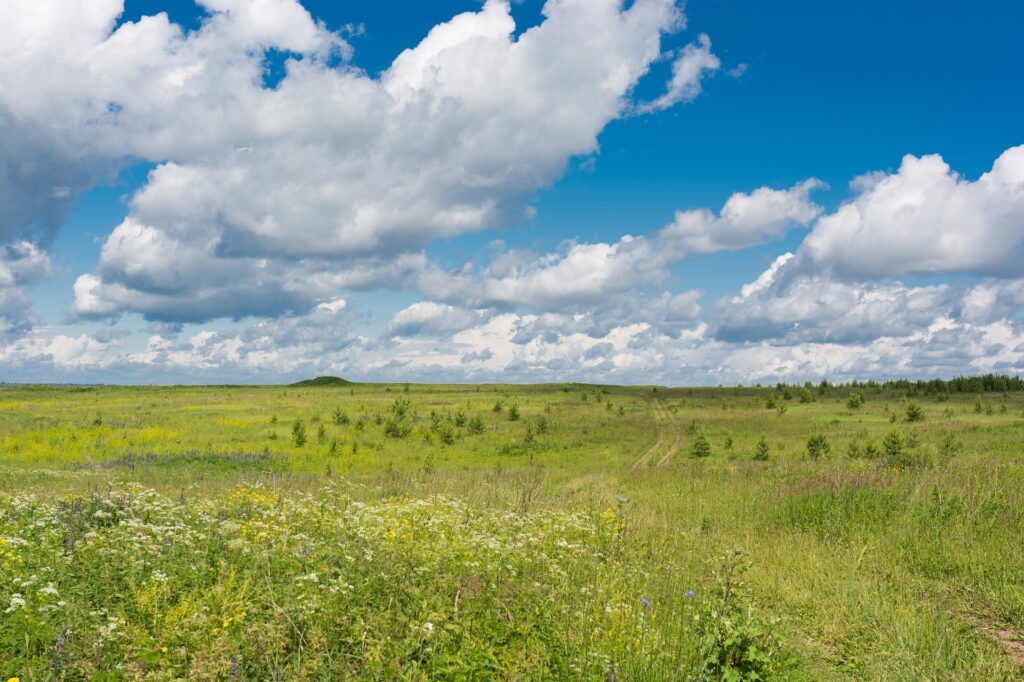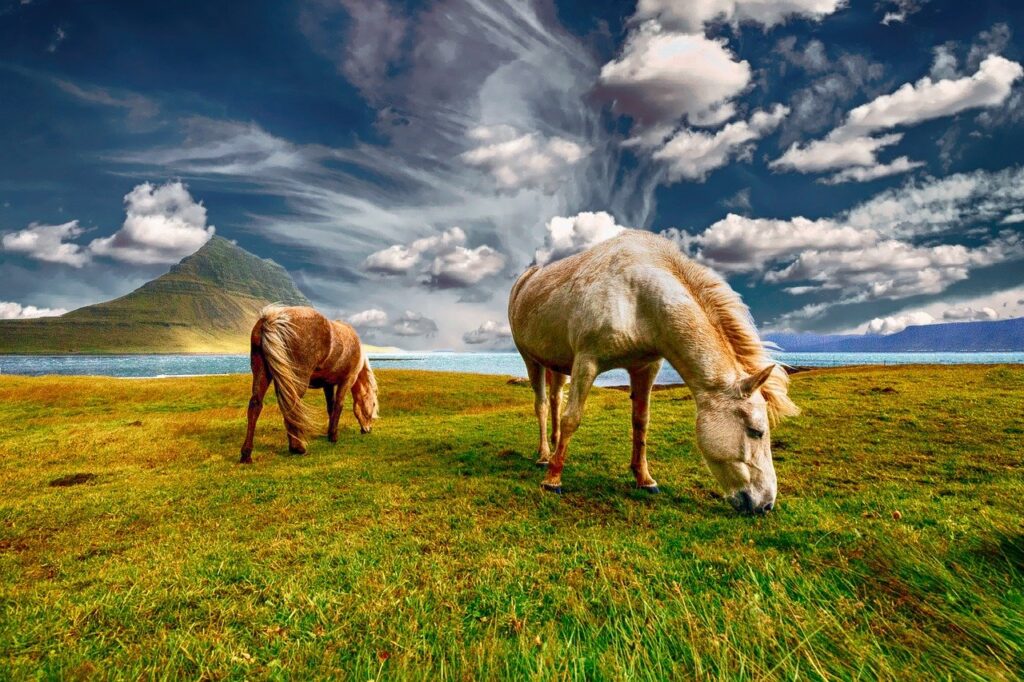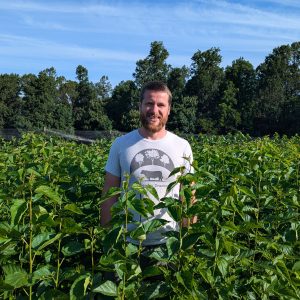You and I are privy to an important yet little-known fact: well-managed ruminants can do wonders for soils and ecosystems. Yet the group of people that understands this simple truth is much, much too small. It seems regenerative grazing has a PR problem.
There are many reasons for this disconnect. One reason is that there’s a huge divide between regenerative cattle management and just plain old lousy management. It’s not the cow, but the how, right? If I drive along the back roads of Lancaster Pennsylvania, I’ll see pastures eaten down to a stubble, herds on muddy exercise lots, or heifers crapping right in creeks. These are, of course, not grazing operations. They are confinement dairies with an outdoor exercise lot, but they don’t give actual graziers a good image. The fact that most people are divorced from the land and can’t tell good practices from bad doesn’t help.

Yet even for the best of the best, those well-managed pastures that sink carbon by the ton, where the soils are filled with microbial life, where the water soaks in and flows clean and pure, there’s one big problem from a marketing perspective: Most people can’t tell the difference.
When driving down the road, how many people can tell the difference between a pasture with 2% organic matter, and one with 8% organic matter?
When seeing an Instagram post, how many people can tell whether the green pastures in the background infiltrate water, or let it run off?
When is the last time you saw a carbon molecule sucked into the ground?
Are you sensing a common thread to the problem? Most of the improvement happens underground, where people can’t see.
You know what people can see? Trees. You know what people associate with young trees? A bright future.

The broncos, rams and buffalo that roam the great grasslands have always captured the public imagination. Why, we name our sports teams after them! The grass and soils that sustains them, however, are a bit less charismatic. Trees, on the other hand, are overflowing with public support. I imagine that trees rank somewhere around puppies and pie as most-loved items in our culture. You’d be hard-pressed to find someone against planting more trees. If bison are charismatic megafauna, trees are charismatic megaflora.
While data and reasoning can surely support regenerative grazing, data and reasoning don’t stand a chance in a world of soundbites and short attention. Good marketers learned long ago that emotion is powerful. And planting trees inspires all the right emotions, chief among them being hope. Planting trees in pastures, beyond allowing you to produce more feed and improve livestock performance, is likely the best PR move you could ever make. Trees are billboards for regenerative agriculture.

On a small scale, planting trees in pastures lets you to tell a compelling story about your work to restore the land and fight climate change (sure to be a winning narrative among Whole Foods and farmer’s market types). On a larger scale, planting trees creates a visually striking and emotionally resonant vision for just how different regenerative grazing can be from conventional, industrial, annual monocultures. It has the power to sway people to see and feel, viscerally, the hope of lands restored.




